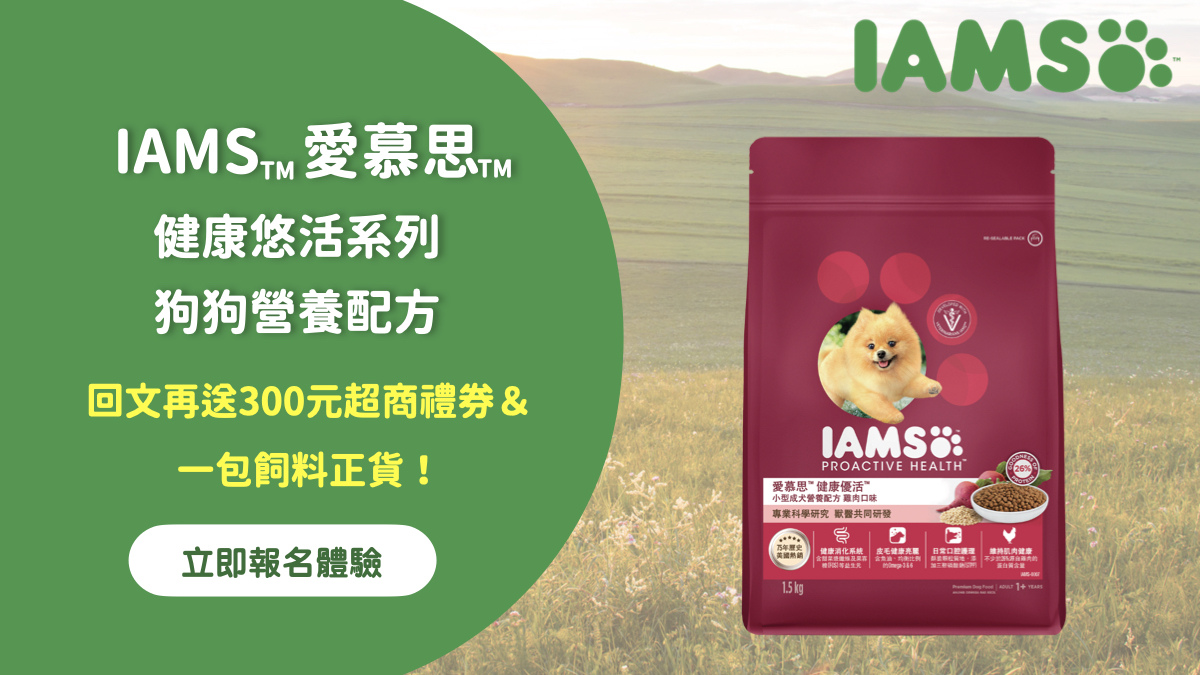獨立子句 是單獨能表達完整語意的句子,而 從屬子句需要依附於獨立子句之下,獨立子句分成三種
1.名詞子句:作為五大句型的主詞(S)受詞(O)補語(C)或者同位語, 通常由某些特定的字起頭,如:連接詞(that, if, whether....等等)
範例1 That he stole your book is a truth.
解析 由英語五大句型可知:主詞(S): That he stole your book; 不完全不及物動詞(Vi) is,補語(C):a truth。
這裡的名詞子句作為主詞(S),由that+完整句 組成。
範例2 I realize that I miss an important discussion.
解析 由英語五大句型可知:主詞(S): I; 及物動詞(Vt) irealize,受詞(O):I miss an important discussion,這裡的名詞子句作為受詞(O)之用。
範例3 The fact is that the salesperson is honest.
解析 由英語五大句型可知:主詞(S): The fact; 不完全不及物動詞(Vi) is,補語(C):that the salesperson is honest,這裡的名詞子句作為補語(C)之用。
範例4 This film emphasize the fact that all people have the right to speak.
解析 由英語五大句型可知:主詞(S): This film; 不完全不及物動詞(Vi) emphasis on,受詞(O):the fact,已經形成S+Vt+O的完整句,at all people have the right to speak作為同位語,意即名詞之後的「名詞相等詞」,用以補充前一個名詞的意涵。當講者說出:This film emphasize the fact,或許對看過此片的觀眾,能了解the fact代表的含意,然而對未看過此片的人來說卻是霧煞煞一片,加上that all people have the right to speak,講者才能讓普羅大眾知道這部片子的主軸為何。


 留言列表
留言列表


